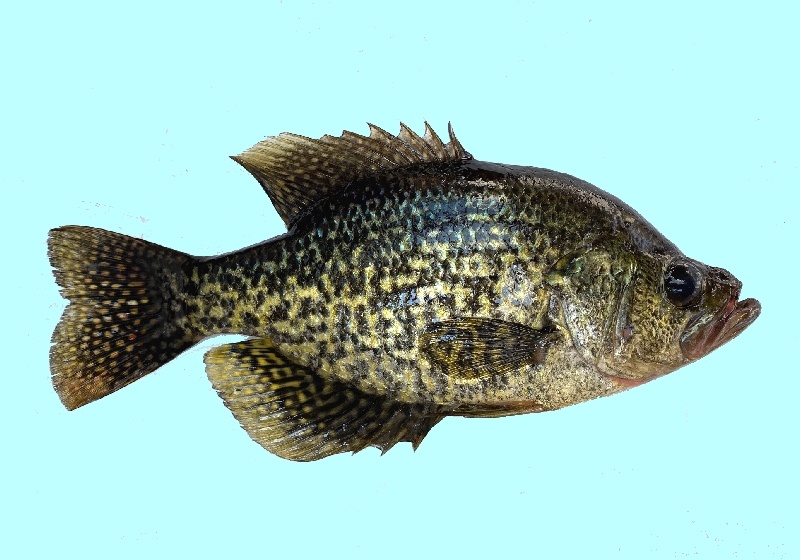Landing your first fish is an adrenaline-pumping rush, a moment that can spark a lifelong passion for the serenity and excitement of fishing. But with an estimated 33,000 fish species swimming in our vast oceans, lakes, and rivers, where do you even begin as a beginner? Fear not, aspiring anglers! This comprehensive guide unveils the top 5 fish species perfectly suited for novices, ensuring your introductory fishing adventures are brimming with success and unforgettable experiences.
We’ll delve deep into each species, exploring their characteristics, favored habitats, effective fishing techniques, and essential gear recommendations. By the end of this guide, you’ll be equipped with the knowledge and confidence to conquer your first catch and embark on a thrilling fishing journey.

The Allure of the Sunfish: Bluegill, also affectionately known as sunfish, are the quintessential beginner fish. Abundant in freshwater ponds, lakes, and slow-moving rivers across North America, their aggressive nature and willingness to strike a variety of baits make them ideal for first-time anglers. Their smaller size allows you to enjoy the thrill of a fight without needing heavy-duty gear, perfect for building confidence and honing your basic fishing skills. Beginners can also appreciate the sheer abundance of bluegill, increasing their chances of experiencing the joy of catching a fish early on.
Habitat: Bluegill thrive in a variety of freshwater environments with calm or slow-moving water. Look for them near lily pads, docks, submerged vegetation (like weeds and fallen trees), and rocky areas. These areas provide them with cover and a place to ambush prey, making them prime locations to cast your line.
Techniques for Success: Bluegill can be easily enticed with a variety of bait and lure options, making them perfect for experimenting and discovering your fishing style. Here are some effective methods to get you started:
Essential Gear:
Bonus Tip: When targeting bluegill with live bait, keep your bait fresh and lively. Consider using a small bait bucket with an aerator to keep your bait active and attractive to fish.

Largemouth bass are a prized catch for anglers of all skill levels. They offer a fun challenge with the potential for impressive trophies, making them a great target for beginners who are ready to graduate from panfish like bluegill. Bass are widely distributed and inhabit most freshwater systems in North America, from lakes and rivers to reservoirs and ponds. Their aggressive nature and fighting spirit provide an exciting experience for any angler.
Habitat: Largemouth bass are versatile predators that can be found in a variety of freshwater habitats. Look for them near structure like weed beds (both submerged and emergent), fallen trees, docks, rocky outcrops, and any areas that provide cover and ambush points. Bass are also known to frequent areas with current breaks and transitions in water depth, like points, humps, and creek channels. These areas offer them opportunities to ambush prey or find food sources concentrated by current flow.
How to Catch Them: While bass require a bit more finesse than bluegill, their aggressive nature makes them exciting targets. Here are some effective techniques to get you started:
Essential Gear:
Bonus Tip: When fishing for bass, pay attention to water clarity and weather conditions. In clear water, use more natural-colored lures and fluorocarbon line. In murky water, brighter colored lures and braided line can be more effective. Sunny days might call for deep crankbaits or jigs targeting bass in cool, shady areas. Cloudy days might see bass more active in shallow water, making topwater lures or spinnerbaits a good choice.

Crappie, also known as papermouth or calico bass, are another widely distributed freshwater species prized for their delicious table fare. They often travel in schools, increasing your chances of catching multiple fish and providing a rewarding experience. Crappie are also known for their beautiful coloration, with shimmering bodies and distinctive black crappie markings. Their smaller size compared to largemouth bass makes them ideal for light tackle fishing, offering a fun challenge for beginners.
Habitat: Crappie prefer calm, clear waters with some structure. Look for them near submerged vegetation (like fallen trees, brush piles, and weed beds), around docks and boathouses, and in areas with transitions in water depth (like drop-offs near shorelines).
How to Catch Them: Crappie are best targeted with light tackle and small jigs or live minnows. They are sight feeders, so presentation is key. Here are some effective techniques:
Essential Gear:
Bonus Tip: When fishing for crappie in clear water, use fluorocarbon line instead of monofilament. Fluorocarbon is nearly invisible underwater, offering a more natural presentation that can be more effective for wary crappie.

Rainbow trout are stunning fish with vibrant colors, often found in cool, flowing streams and rivers. Catching a trout adds a scenic element to your fishing experience, making them a perfect target for beginners who enjoy beautiful natural surroundings. Rainbow trout are also known for their feisty fight, offering a fun challenge on light tackle. They are a popular target for fly fishing, but beginners can find success with spin fishing techniques as well.
Habitat: Rainbow trout prefer cool, well-oxygenated waters with some current. Look for them in streams and rivers with rocky bottoms, near riffles and rapids, where the water tumbles and churns, increasing oxygen levels. They also favor areas with overhanging vegetation that provides shade and cover, like undercut banks or fallen trees. In lakes, rainbow trout tend to stay in cooler, deeper areas near inlets or outlet streams.
How to Catch Them: Rainbow trout primarily feed on insects like aquatic flies, mayflies, stoneflies, and caddisflies. They also eat small crustaceans and minnows. Here are some effective techniques to target them:
Essential Gear:
Bonus Tip: When fishing for rainbow trout, be stealthy and approach the water carefully. Trout are easily spooked by noise or vibrations. Cast upstream and mend your line (fly fishing) or retrieve your lure (spin fishing) to keep it drifting naturally downstream towards the trout. Rainbow trout tend to lie facing upstream, so aim your casts accordingly to present your lure or fly attractively.